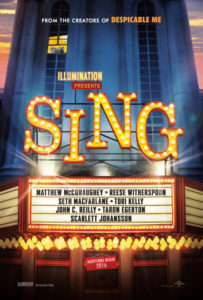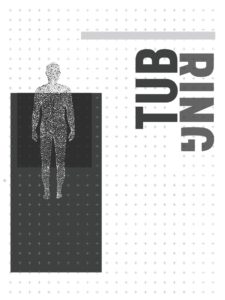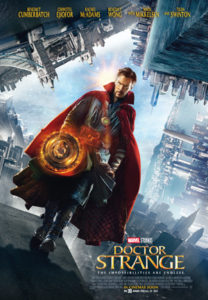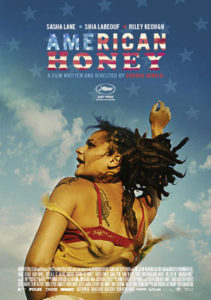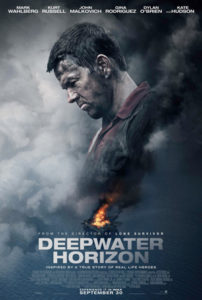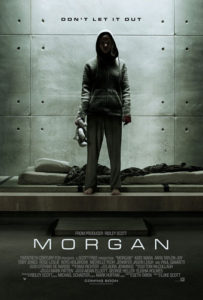Starring the Voices of: Matthew McConaughey, Reese Witherspoon and Seth MacFarlane
Directed By: Garth Jennings
Rated: PG
Running Time: 108 minutes
Universal Pictures
Our Score: 3 out of 5 Stars
An Illumination Entertainment movie without any Minions or Gru seems like a risky venture, given their track record when they release a movie that strays away from the “Despicable Me” franchise. But if the masterminds at Illumination are willing to roll the dice more on endeavors like “Sing,” they’re bound to find a diamond in the rough. “Sing” isn’t about to blow the roof off, but its decent escapism.
Buster Moon (McConaughey) is a confident Koala that’s stuck operating a failing musical theater. He’s a visionary looking to make a profit and bring live entertainment to the surrounding city. Moon is also looking to make his deceased father proud because his father worked his tail off washing cars to buy Moon the theater for him (I don’t know how with that profession). But in a world where musical theater is apparently no longer popular, Buster gets the idea to hold a singing competition to bring the masses back to his sinking business.
The competition brings creatures from all walks of life including Rosita (Witherspoon), a pig, is a stay-at-home mom who’s overworked and overloaded with over two dozen children. Then there’s the wise-cracking, street singing mouse, Mike (MacFarlane), who’s a clear pun on Frank Sinatra during his times in the Rat Pack. Ashley (Scarlett Johansson) is a punk rock porcupine who’s trying to find her own voice in her boyfriend’s crappy band. There’s also Meena (Tori Kelly), a teenage elephant, Johnny (Taron Edgerton), a gorilla, and some other throwaway animals that you shouldn’t worry yourself about because the movie doesn’t either.
Luckily “Sing” avoids becoming an animated version of “American Idol,” but it also follows a lot of familiar beats and story tempos. Because the movie seems completely content and forthright with being an unoriginal idea from the get-go, it can be forgiven because of its good-natured spirit and endearing characters. “Sing” really treats these characters as individuals with hopes, dreams and ambitions, instead of caricatures that can carry a tune. It helps make their songs more meaningful and power…but…
…most of the time (if not all) they’re singing contemporary pop-culture hits, or recognizable oldies and classics, which is only irksome if you feel that Nicki Minaj or Crazy Town isn’t appropriate for a kid’s movie. If writer and director Garth Jennings really wanted to tell us that musical theater is deserving of a reboot or our attention again, he should have considered hiring a crew to write some original music. Having animals sing Taylor Swift or Leonard Cohen feels lazy in a year where Disney hired Broadway’s latest darling, Lin-Manuel Miranda, to write lyrics for “Moana.”
Despite its lack of storytelling imagination and original songs, “Sing” is still an adorable movie with an IPod stuck on shuffle soundtrack. It’s made better by the voice actors, who I presume actually sing, which is pretty much an all-star cast of karaoke finalists (except for MacFarlane who really is as good as he sounds). But don’t expect McConaughey to hang his voice acting hat on this one. He’s more likely to gloat about his voice work in “Kubo and the Two Strings.”


